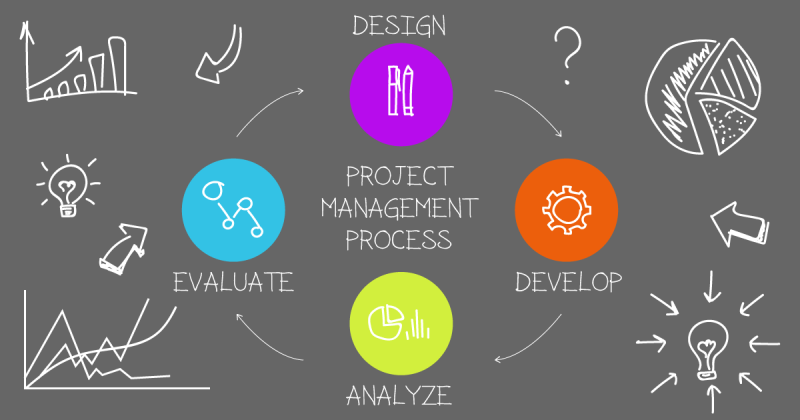
What is Project Management: IT Project Management
What is IT Project Management?
Introduction: Project management is a complex discipline that plays a vital role in various fields, including the rapidly evolving IT industry. In this article, we will explore the concept of IT project management, the role of a project manager, and how to achieve success in this field.
Definition of IT Project Management
IT project management involves effectively managing available resources, such as personnel, budget, and time, to successfully complete a specific task or project. The focus is on the project itself, and all stages of project management are aimed at its successful implementation.


Basics of Project Management:
To ensure successful project management, certain key aspects need to be considered:
- Scope of work: Clearly define the objectives and deliverables of the project.
- Deadlines and timelines: Establish realistic timelines for completing each stage of the project.
- Budget: Allocate resources and finances appropriately to meet project requirements.
- Quality and assessment: Set standards for quality and establish methods to assess and measure it.
- Risks and mitigation: Identify potential risks and develop strategies to mitigate them.
IT Project Management Methodologies:
Several methodologies can be applied in IT project management. Here are some of the main ones:
- Traditional methodology: A universal approach applicable to any IT project, regardless of deadlines or technologies involved.
- Extreme programming: Specifically designed for software development projects, it follows a four-stage process: planning, coding, design, and testing.
- Scrum framework: The project is divided into stages, and at each step, parts of the project are created and ready for release.
Roles and Responsibilities of a Project Manager:
The project manager plays a critical role in the success of the team and the project. Responsibilities include:
- Organizing work: Coordinate and manage the team’s activities to ensure efficient project execution.
- Documentation: Maintain project documentation, including plans, progress reports, and risk assessments.
- Risk analysis: Identify potential risks and develop strategies to minimize their impact.
- Client and management communication: Act as a liaison between the client, management, and the project team.
- Monitoring and implementation: Track project progress, ensure adherence to timelines, and make adjustments as necessary.
Management Styles in IT:
A successful project manager should adopt an appropriate management style, such as:
- The manufacturer: Understanding the intricacies of the product and overseeing its development.
- The administrator: Analyzing, planning, and setting up work processes for the team.
- The action-taker: Encouraging enthusiasm and driving the team towards project success.
- The integrator: Fostering a cohesive and collaborative team environment.
Conclusion:
Becoming a project manager in the IT industry requires continuous learning and development. While there is no single recipe for success, understanding the principles of project management, adopting the right management style, and staying updated with industry trends are key factors for a fulfilling career in IT project management.
Note: It’s important to note that project management is a vast field, and this revised text provides a brief overview. Further exploration and research can provide more in-depth knowledge on the subject.
